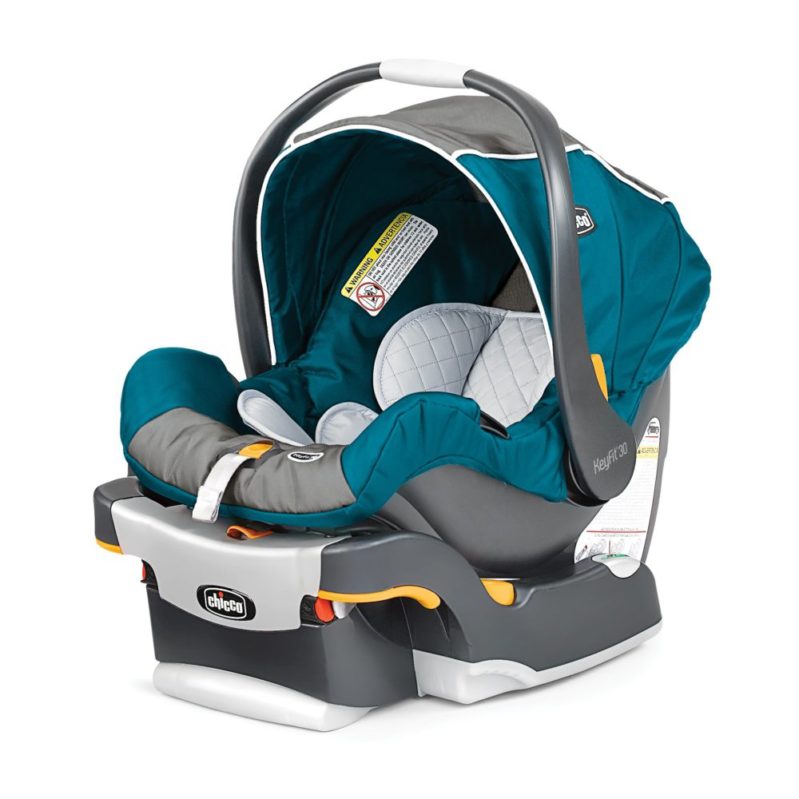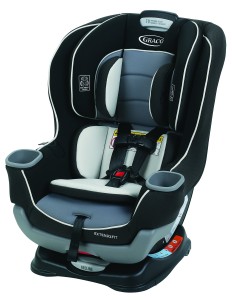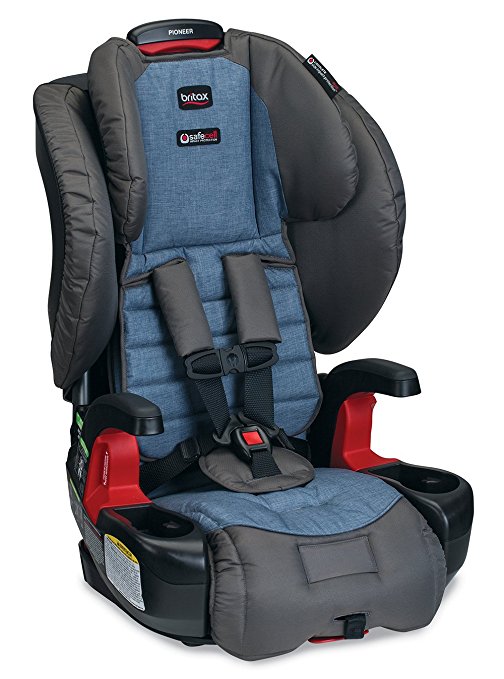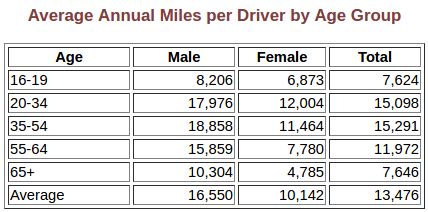
Parents frequently email me with questions related to best practices in car seat safety. Sometimes they have to do with which car seats allow kids to rear-face the longest or which convertible seats will work 3 across in most vehicles or which infant seats are the most 3-across friendly. However, they often have to do with whether kids of a certain age can safely sit in particular kinds of seats. I recently wrote a guide to the best car seats for preschoolers and the best car seats for kindergartners, which a number of readers found helpful. As a result, today, we’ll take a look at the safety, legality, and sensibility of allowing elementary-aged children to sit in the front seat. If you’re in a hurry, here’s what you need to know: it’s not safe for young children to sit in the front seat, but it’s legal in most states in the US. Is it ever OK? I’d argue yes in the most extreme circumstances, but not in 99% of cases we’re likely to encounter on a daily basis.
Why isn’t it safe to let elementary-aged children (kindergarteners, 1st graders, 2nd graders, 3rd graders, 4th graders, and 5th graders) sit in the front seat?
It isn’t safe to let elementary-aged kids seat in the front seat of vehicles because the front of a car, SUV, pickup truck, or minivan is the most dangerous part of a vehicle. A full 50% of auto fatalities involve multiple-vehicle collisions. Most fatal multiple-vehicle crashes involve frontal impacts. In frontal impacts, the odds of survival are lowest in the front row and highest in the rear-most row (the 2nd row in a 2-row vehicle, the 3rd row in a 3-row vehicle). Placing your child in the front passenger seat places him or her in one of the two most risky seats in a vehicle, statistically speaking (the other being the driver’s seat). On top of this, elementary-aged kids don’t have fully formed bone structures. Teenagers don’t either, but they’re a lot closer to being fully formed than younger children.
To put it another way, teenagers are much safer sitting in the front seat (although they’d still be safer in the back seats) than children because teenagers are larger, heavier, more developed, and perhaps most importantly, more likely to properly fit adult seat belts while being large enough to not be at serious risk of injury from frontal airbags. The seat belt fit issue is key; a child who doesn’t fit an adult seat belt isn’t going to be restrained properly by such a seat belt in a crash, and stands a much higher risk of either being hurt by the seat belt or slipping out of the seat belt and flying unrestrained into the dashboard (or through the windshield, through the door window, into the roof, etc). None of these are good scenarios, and they’re all far more likely if a child is seated in a seat belt before s/he’s capable of passing the five-step test for seat belt readiness.
It’s not worth rushing. Kids belong in the back seat. The NHTSA explicitly recommends keeping children in the back seat until at least 13. The younger children are, the more of a risk they face by sitting in the front compared to when sitting in the back. And as I’ve noted, that risk is always greater in the front–even for adults.
OK…so it’s not safe. But is it legal to let an elementary-aged child sit in the front passenger seat?
Even though it’s nowhere near best practices, a review of current laws indicates children may ride in frontal seats in virtually all states. California wisely notes that rear-facing children can’t ride in the front row if the passenger air bag can’t be disabled. Delaware takes things a step farther and applies that rule to all children either under 12 (hello best practices!) or under 65 inches in height. Louisiana goes almost as far by noting that children either under 6 or under 60 pounds must follow that rule (avoiding the front seat if the passenger air bag can’t be disabled) unless a rear seat is unavailable. And Wyoming extends the law to all children under 9 unless a rear row is unavailable, and notes that in such cases, children must still be secured in a child safety restraint while seated in the front seat.
However, that’s a grand total of 4 states out of 50. Puerto Rico has no front seat provisions, and nor do 46 other states. Canada isn’t any better; British Columbia requires kids stay away from frontal airbags until they’re at least 9kg and 1 year old, while no other province has any laws whatsoever related to front row avoidance. The other 12 territories and provinces are silent.
To put it mildly, if you want to do this, the law won’t stop you. But it’s not best practice.
Is it ever OK to have an elementary-aged child in the front seat?
Despite all the reasons not to place kids in the front seat, there are situations where it’s a necessary evil. If you’ve got a vehicle without seat belts in the back seats, then yes, it would be safer for a child to sit in the front row. However, it would be safest for the child not to ride in such a vehicle at all, particularly if such a vehicle featured a frontal airbag that couldn’t be disabled. In vehicles where the frontal airbags can be disabled, it’s still safer to seat a child in the back row, presuming seat belts are available there, but a child in an appropriate child restraint sitting in a frontal vehicle seat without frontal airbags would be acceptably safe. In fact, this is actually a common setup in Sweden with rear-facing seats, and they enjoy the lowest child fatality rates in the world. However, Swedes also rear-face past 4 and follow a range of best practices in driving patterns, vehicle safety, and road design.
On top of disabling the frontal airbag and making sure the child were appropriately restrained (i.e., a rear-facing seat if possible, followed by a forward-facing harnessed seat or booster seat), you’d also want to push the vehicle seat as far backwards as possible to provide as much space as possible between the child and the dashboard. And of course, do remember that rear-facing seats are never to be used in vehicles where frontal airbags can’t be disabled; the airbags drive the rear-facing seats (and the children in them) into the vehicle seats at high speeds, killing the children inside them.
This is a lot of information. Is there a quick rule of thumb on front-row-vs-back-row safety I can follow?
Sure! A good rule of thumb is that if you can’t disable the frontal airbag, a child under 13 has no business being in the front row if a rear seat with a 3-point seat belt is available. And if you can’t disable that frontal airbag, a rear-facing child should never ride in the front row.
 If you find my information on best practices in car and car seat safety helpful, you can do your shopping through this Amazon link. Canadians can shop here for Canadian purchases. Have a question or want to discuss best practices? Send me an email at carcrashdetective [at] gmail [dot] com.
If you find my information on best practices in car and car seat safety helpful, you can do your shopping through this Amazon link. Canadians can shop here for Canadian purchases. Have a question or want to discuss best practices? Send me an email at carcrashdetective [at] gmail [dot] com.


















